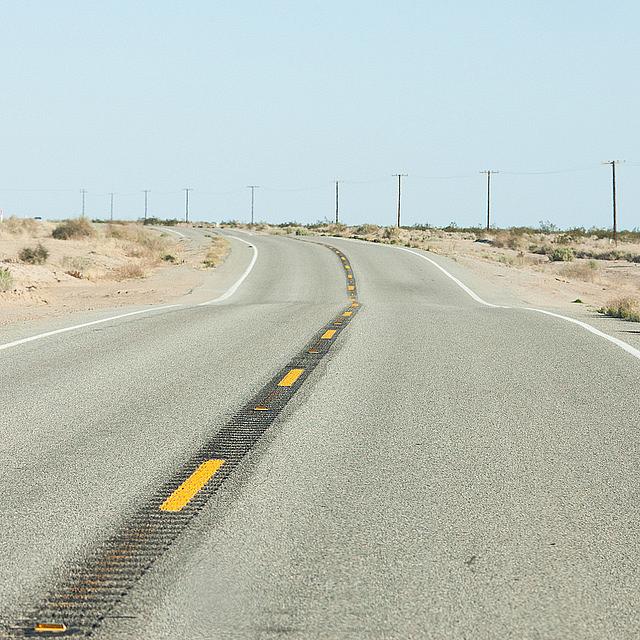Imperial Valley's mental health gap

For many former inmates who are released in Imperial County, the road to substance abuse recovery starts with a 134 mile drive down Interstate 8 to San Diego.
It was well intentioned. The 1965 passage of Medicaid would give low-income Americans access to medical care and chart the course for more dignified mental health treatment.
A provision in the law essentially dismantled large public psychiatric hospitals – institutions that, thanks to real-life and fictional accounts, became associated with eugenics, lobotomies and comatose patients on Thorazine.
Under the law, facilities with more than 16 psychiatric beds wouldn't get federal reimbursements for care. The idea was to move mental health treatment into community clinics and focus on prevention.
But federal spending priorities and economic downfalls from the 1960s to today have stymied Medicaid's good intentions. The result? Many would argue inadequate mental health funding has made our prisons defacto psychiatric hospitals.
For California's Imperial Valley, that outcome means two challenges: managing an influx of parolees as the state reduces its prison population under a court order concerned with poor inmate health care, and finding those ex-offenders mental health treatment. In 2006, the National Institute of Mental Health estimated 64 percent of inmates had substance abuse disorders.
The federal government says Imperial County has too few mental health professionals to care even for its general population. It has just two faith-based residential drug treatment facilities, meaning many men and women who get out of prison with drug abuse disorders must travel 134 miles to San Diego for care.
My 2015 Health Journalism Fellowship project will focus on Imperial Valley's mental health gap.
I'll explore the social and political barriers its probation department encounters as it tries to establish a third in-patient drug treatment facility. The department will invite mental health providers to submit proposals for a facility in the coming months. What will residents near the proposed sites say? What red tape must they cut through? And will zoning regulations make the project untenable?
I'll also look at the social and health impacts of the mental health shortage on patients and their families. What happens when a patient must travel more than 100 miles away from their support network to seek care? What must their family and friends sacrifice to travel back and forth from San Diego?
And I'll investigate any cultural dynamics at play. Imperial Valley has nearly twice the percentage of Native Americans than the state. And it's common for inmates to convert to Islam while in prison. Is available Christian-based treatment right for those groups?
Through intimate profiles and robust tracking of the probation department's efforts, I hope to share a nuanced picture of deinstitutionalization's legacy and offer a look at how California is writing a new chapter on mental health.

